Toronto is a city that takes its military history seriously. As such, the Remembrance Day ceremonies in the city are planned well in advance, feature special guests, attract tons of remember-ers, and are (frankly) impressive. I’m sure the only difference between the ceremonies in Toronto and in Ottawa is the absence of our new media-friendly Prime Minister in Toronto.
But, as my Remembrance Day morning in the city started, I couldn’t decide where I wanted to view the ceremonies… did I want to go to the Old City Hall to watch local officials and see four Second World War Harvards do a flyby? Or perhaps go to the University of Toronto’s Soldiers’ Tower where there would be active military members in attendance and a special ceremony for Holocaust survivors? What about Fort York and planned historical re-enactments? Or the Mount Pleasant Cemetery where there is a placing of flags on soldier graves? Or Niagara and a special ceremony near the falls?
When I walked out of a restaurant after breakfast, I still didn’t know where to go because all these events sounded really great.
I walked aimlessly until I decided to go to Fort York, where many Canadians died during the War of 1812. I wanted to remember the soldiers who died on Canadian soil. I am rarely in Canada for Remembrance Day, which makes being at the location of such a historically significant event more meaningful.
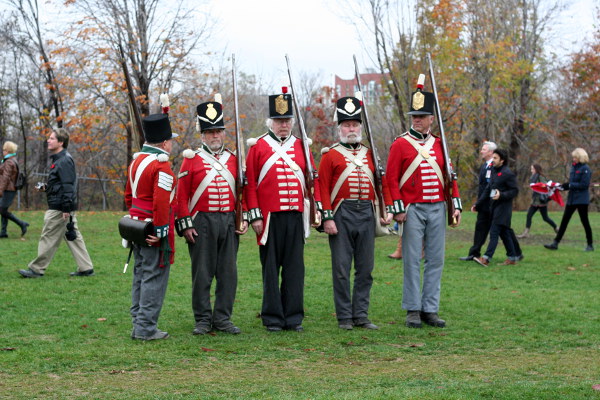
The ceremonies were held at the Strachan Avenue Military Cemetery near the unmarked graves of those soldiers who died during the War of 1812. None were interred in the graveyard until long after the war. Some were relocated to the cemetery in the 1860s, while others have been periodically discovered/uncovered over the last 200-years.
During the Battle of York (1813), Fort York’s grand powder magazine was detonated by the British as American soldiers took the Fort. The resulting explosion killed 55 American and 82 British soldiers who were later buried in a mass grave or hastily put in shallow graves where they fell. It’s these graves that have periodically resurfaced over the past 200-years, and when found, the bodies are moved to the Military Cemetery.
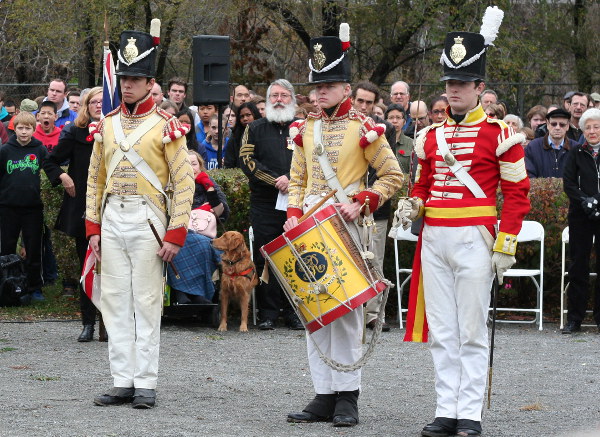
The ceremony was poignant. For the 2-minutes of silence, I shed a tear or two for my own family members who died in various wars; it’s such a terrible loss… all these young, bright people with so much potential… just gone.
To add to the poignancy of the ceremony, Nova Scotian poet George Elliott Clarke read In Flanders Fields. The poem is a French rondeau and flows rhythmically in iambic tetrameter format. Clarke deliberately altered the rhythm during the reading to accentuated the meaning of the words. It was extremely moving.
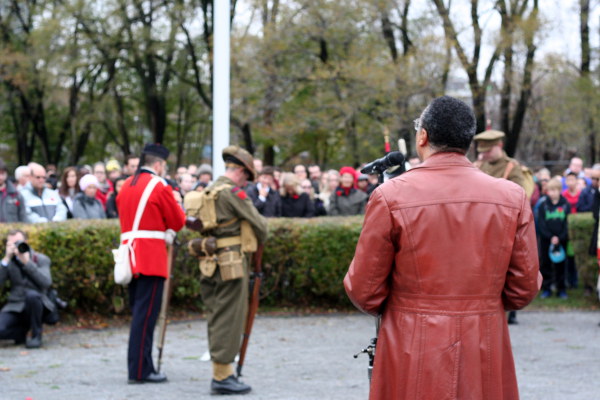
I later discovered that Clark is a descendent of African-American refugees from the War of 1812, and also is the great-grandson of William Andrew White, the only black officer to serve during World War I (in the world). This personal history makes his Remembrance Day reading even more meaningful.
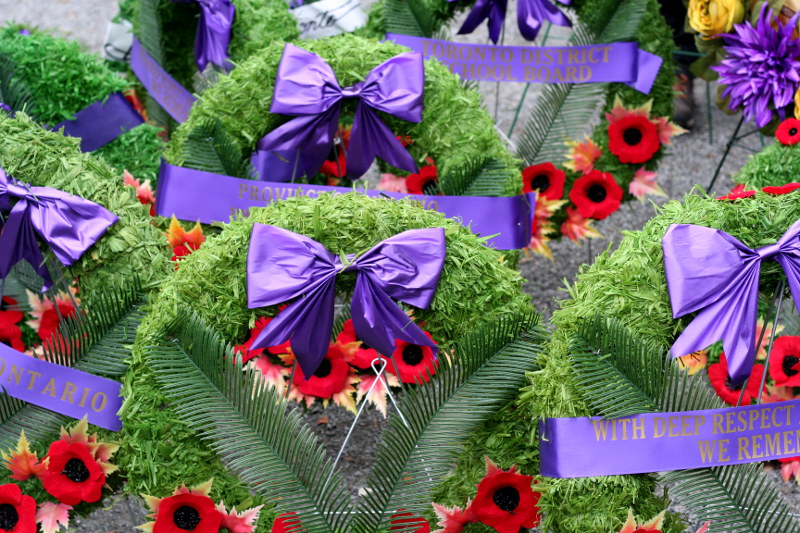
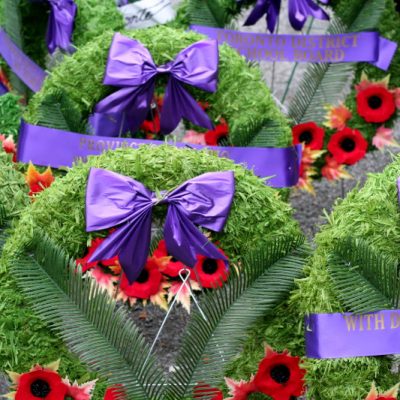
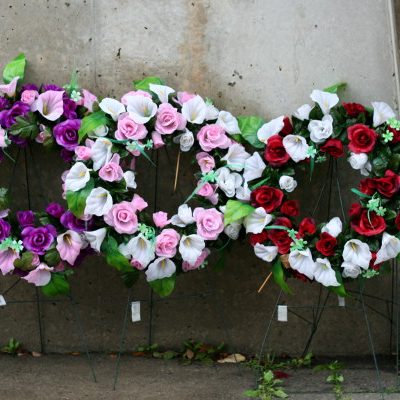
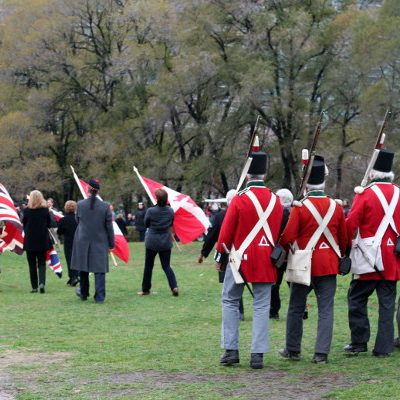
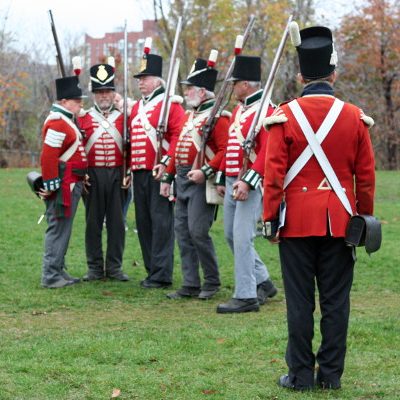
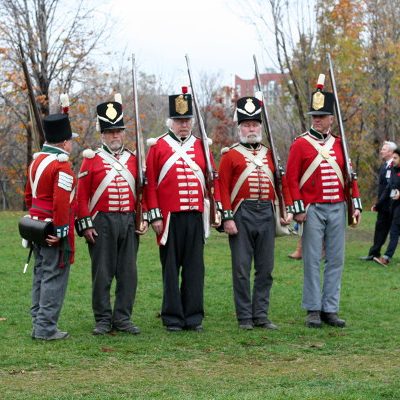
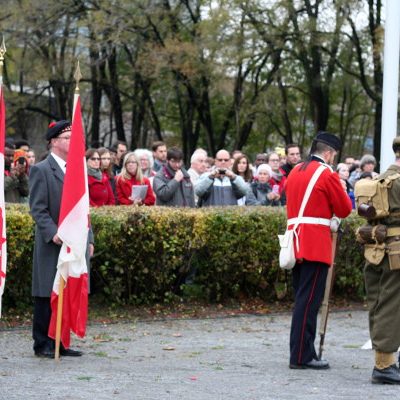
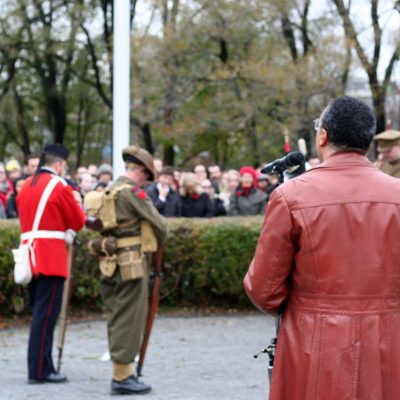
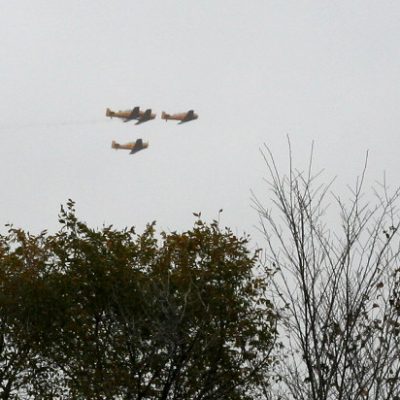
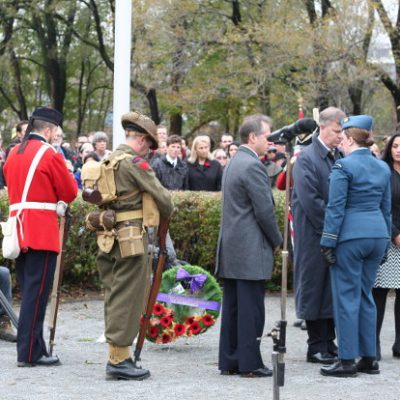
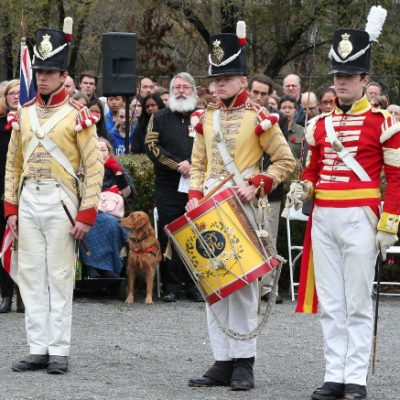
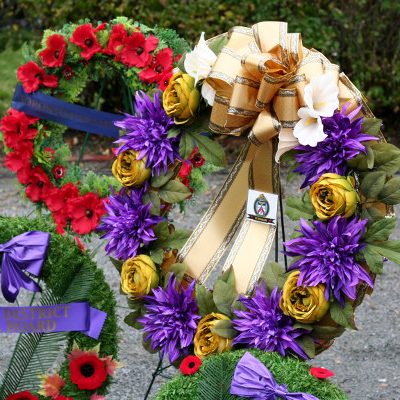
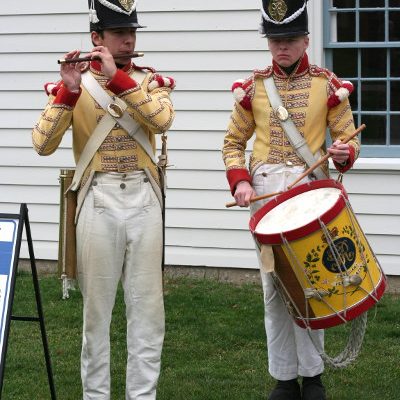
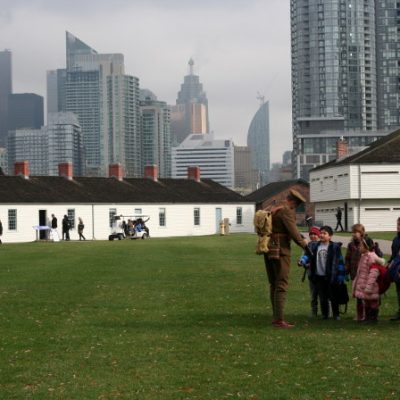
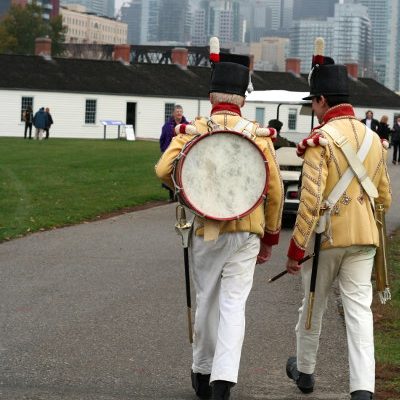
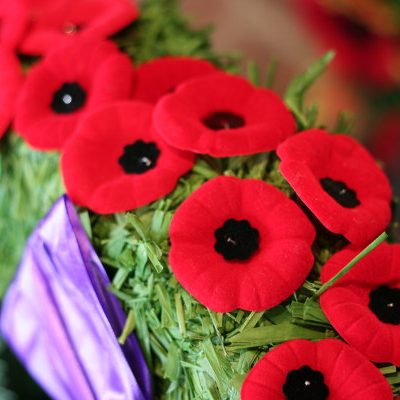
0 comments on “Remembrance Day Celebrations at Fort York”Add yours →